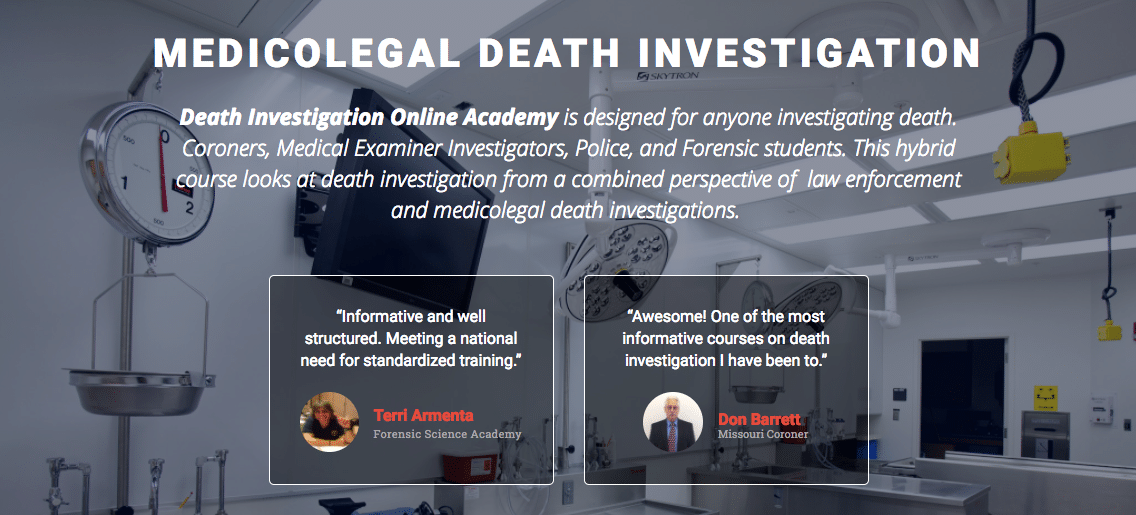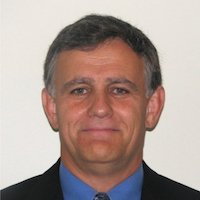 The term “shaken baby syndrome” (SBS) was developed to explain those instances in which severe intracranial trauma occurred in the absence of signs of external head trauma. SBS is the severe intentional application of violent force (shaking) in one or more episodes, resulting in intracranial injuries to the child. Physical abuse of children by shaking usually is not an isolated event. Many shaken infants show evidence of previous trauma.
The term “shaken baby syndrome” (SBS) was developed to explain those instances in which severe intracranial trauma occurred in the absence of signs of external head trauma. SBS is the severe intentional application of violent force (shaking) in one or more episodes, resulting in intracranial injuries to the child. Physical abuse of children by shaking usually is not an isolated event. Many shaken infants show evidence of previous trauma.
Frequently, the shaking has been preceded by other types of abuse.
Mechanism of Injury
The mechanism of injury in SBS is thought to result from a combination of physical factors, including the proportionately large cranial size of infants, the laxity of their neck muscles, and the vulnerability of their intracranial bridging veins, which is due to the fact that the subarachnoid space (the space between the arachnoid membrane and the pia mater, which are the inner two of the three membranes that cover the brain) are somewhat larger in infants. However, the primary factor is the proportionately large size of the adult relative to the child. Shaking by admitted assailants has produced remarkably similar injury patterns:
- The infant is held by the chest, facing the assailant, and is shaken violently back and forth.
- The shaking causes the infant’s head to whip forward and backward from the chest to the back.
- The infant’s chest is compressed, and the arms and legs move about with a whiplash action.
- At the completion of the assault, the infant may be limp and either not breathing or breathing shallowly.
- During the assault, the infant’s head may strike a solid object.
- After the shaking, the infant may be dropped, thrown, or slammed onto a solid surface.
- The last two events likely explain the many cases of blunt injury, including skull fractures, found in shaken infants. However, although blunt injury may be seen at autopsy in shaken infants, research data suggest that shaking in and of itself is often sufficient to cause serious intracranial injury or death.
National Center on Shaken Baby Syndrome
Craig’s Philosophy
www.cbsmith.ca
craig@cbsmith.ca
Prevention, education, treatment and the provision of ongoing services for victims and their families are all essential elements in dealing with child maltreatment. In addition, professionals involved with child abuse know that a proper investigation is critical. As a police officer involved for many years in child abuse cases, my job was to conduct thorough, professional, investigations that elicited all available details, with a minimum of trauma to the child victims. The intent of my training is to provide professionals with the necessary skills to carry out an effective yet compassionate, child abuse investigation.
I provide courtesy consultations to anyone who has taken my training. More in-depth case consultations and opinions may be provided on a per fee basis. My primary responsibility has always been to the truth and to the best interests of child victims.
Free 12 week email course. Receive a new training and video to your inbox every week for 12 weeks. This is real training and will give in detailed actionable steps to becoming a better investigator.
Sign up today at:
 Medicolegal Death Investigation – Online Academy
Medicolegal Death Investigation – Online Academy

The Death Investigation Training Academy was founded to play an integral role in the death investigation community. The need for quality accredited training is in short supply and high demand. Using a combination of classroom training, live on site scenario exercises, and web-based training, the Death Investigation Training Academy is filling the need of 21st-century investigators.
coroner,police training, darren dake,sheriff,deputy,coroner association,murder scenes,auto fatalities,csi,first responders,autoerotic fatalities,become a coroner,forensic science crime scene investigation,forensic science crime,scene investigator,forensic training,forensics training,how to be a crime scene investigator,how to become a death investigator,how to become a medical examiner,how to become a medical examiner investigator,medical examiner investigator training,medical investigator training,medicolegal death,medicolegal death investigator training,murder scenes,pictures of murder scenes,murder,real murder crime scenes,traffic deaths,traffic fatalities,what does it take to be a coroner,what does it take to be a criminal investigator,firefighter,fire training,firefighter training,autoerotic fatalities,become a coroner,coroner information,crime scene clean up training,crime scene cleaning training,crime scene cleanup training,crime scene investigation,crime scene investigation classes,crime scene investigator courses,crime scene investigator school,crime scene jobs,crime scene photography,crime scene photography training,crime scene technician,crime scene technician training,crime scene training,criminal investigation,criminal investigator,criminal justice,criminal justice forensic science,criminal justice forensics,criminal scene investigation,death crime scenes,death investigation training,death investigator training,death investigators,forensic death investigator,forensic investigator,forensic photography, crime scene clean up,crime scene bio-hazard, using plants in criminal investigation,forensic botany,dr.jane bock,death investigator magazine,dr judy melinek,badge of life,american college of forensic examiners,acfei,american board of medicolegal death investigators,abmdi,matthew lunn,underwater crime scene,mike berry,online learning,lopa





